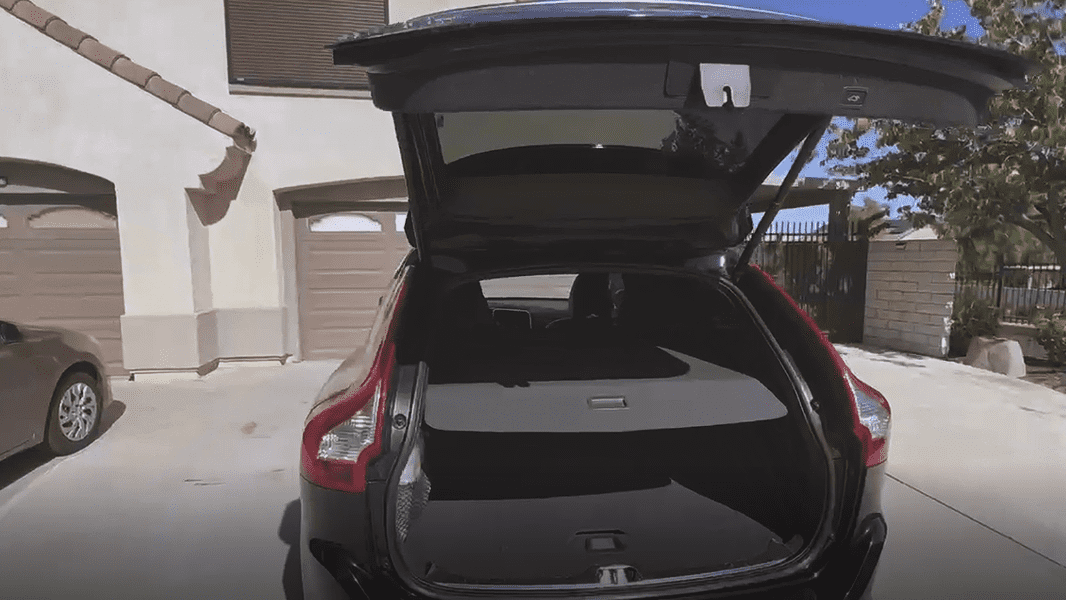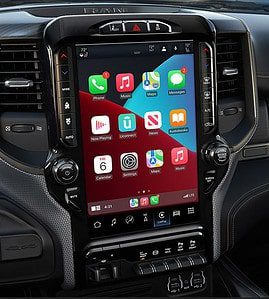Everyone has probably experienced this: You go out to buy your groceries and end up having to carry lots of bags back to your car. After a long walk from the store to the parking lot, you finally reached your car. The problem is that you have no way of opening the backdoor since you have no free hands. Wouldn’t it be nice if somehow, there’s a way to open your back door easier without having to fumble around for the keys? Having any door opened for you is a nice feeling. Luckily with modern technological advancements, there is an easier way to open the back door. Introducing the power liftgate.
What Is A Power Liftgate and How Does it Work?
Simply put, a power liftgate opens your vehicle’s back door automatically. Different ways of activating is by pressing a button inside your car, through your key fob, or simply by waving your foot below the bumper. This makes it a really convenient feature to have in any vehicle.
What are the features of a power liftgate?
Programmable Height Adjustments
Most modern systems offer this feature. This is to adjust the maximum height of the door when opened to make opening it in spaces with smaller overhead clearance safer. This also ensures that you can reach the door no matter your height.
Hands-Free
Although earlier iterations of this tech used a key fob or button press to open the backdoor, you can open backdoors hands-free in newer systems. Simply wave your foot underneath the bumper and the door magically opens. This is especially useful when you need to open the door but you got your hands full.
Lock Button
In some systems, a lock button can be found either on the trunk, liftgate, or cargo compartment. This feature eliminated the extra step of locking the vehicle after closing the liftgate.
Is It Worth It To Install A Power Liftgate System
If you look at it in terms of convenience, power liftgates are really helpful, especially if you are someone who frequently uses your vehicle’s cargo or backdoor. The prospect of having to open your vehicle’s rear door without having to put down whatever you are carrying makes it seem really worth it. In some cases when you’re dropping off a passenger who’s in a hurry and needs to get something from the cargo. They may sometimes forget to close it. With a power liftgate system, you can close it without having to get out of the driver’s seat.
This perhaps is especially true for those who own an SUV or vehicles that have heavier and bigger doors. However, you might not think about installing it on a cheaper sedan. Having a power liftgate system surely is a convenient thing to have. But ultimately, it’s up to you to decide whether it’s worth it for you or not.
FAQ
How much does a power liftgate cost?
A power liftgate can cost between $2,000 to $9,000. This will all depend on several factors such as power supply, lifting capacity, and choice of materials.
Can you get a power liftgate installed?
Yes. Almost, if not all vehicles with back doors that operate in a hinge-loke motion, or ones that open up and down can have a power liftgate installed. Many new vehicles come with this feature, and many others can have this as a post-market upgrade.
Can you manually open a power liftgate?
Yes, you can. There are physical buttons either near the driver’s seat or on the rear door itself that enables manual operation of the power liftgate. However, if you want to do it the traditional way, you can disable the power function of the system and open the door as you would with any normal car door. Disabling the power function differs per power liftgate manufacturer so refer to your manual if you need to.
What cars have power liftgates?
Many newer and mainstream vehicles have power liftgates installed. SUVs like Honda CR-V, Subaru Outback, Chevrolet Equinox, and many more have this feature already installed when you buy them. Of course, cars in the high-end or luxury spectrum are expected to have this as one of their premium features as well. Brans like Volvo, Audi, and Mercedes Benz also have this system pre-installed in their newer models.
Having a power liftgate is a convenient feature and is slowly getting common with many new vehicle models today. However, for those vehicles that don’t have this feature, it can be added as an upgrade. If you are in the market for such an upgrade, you first need to determine whether or not you need it and if you deem the upgrade necessary.





